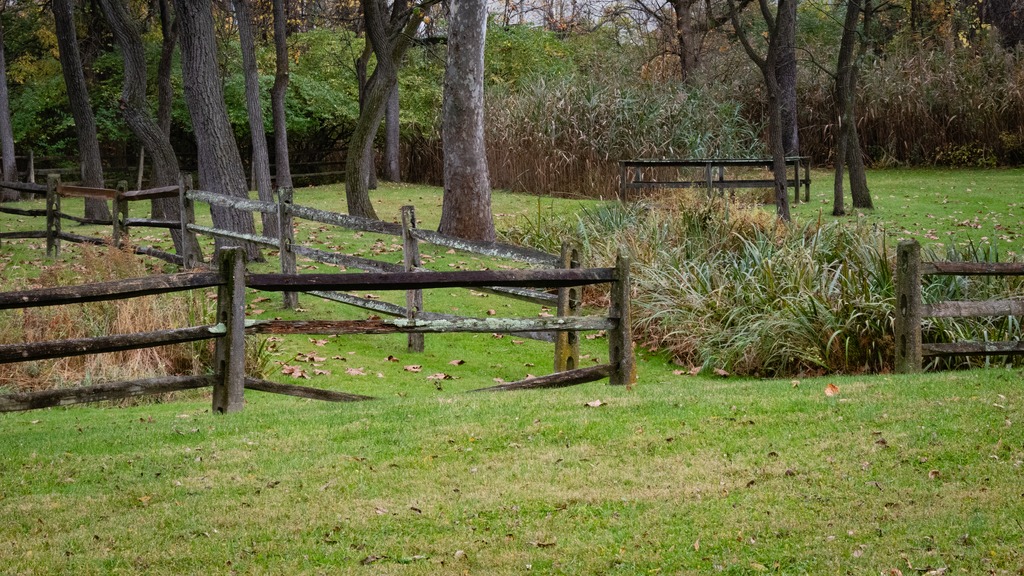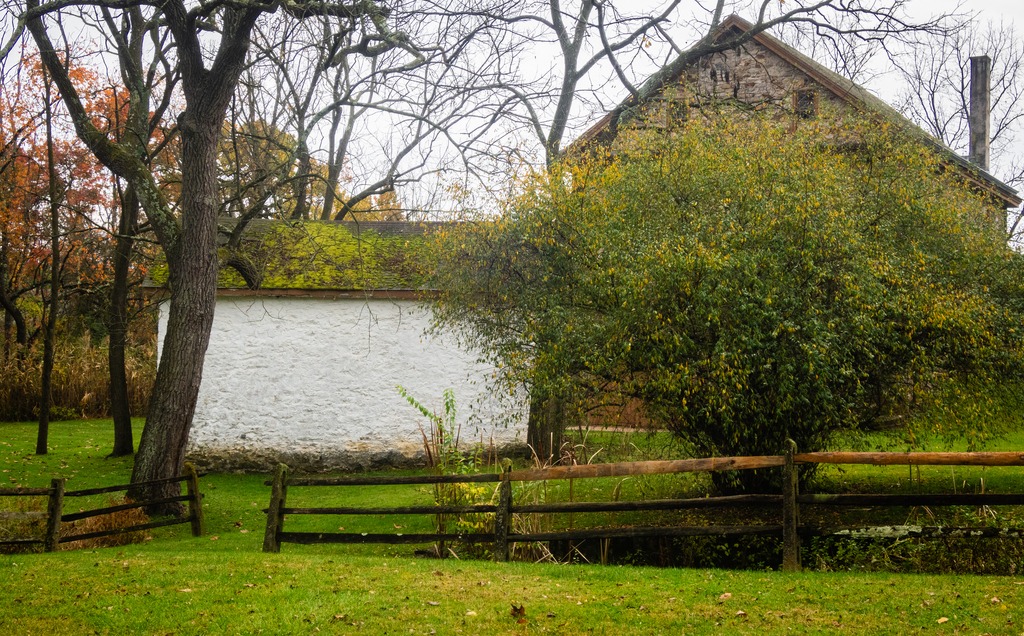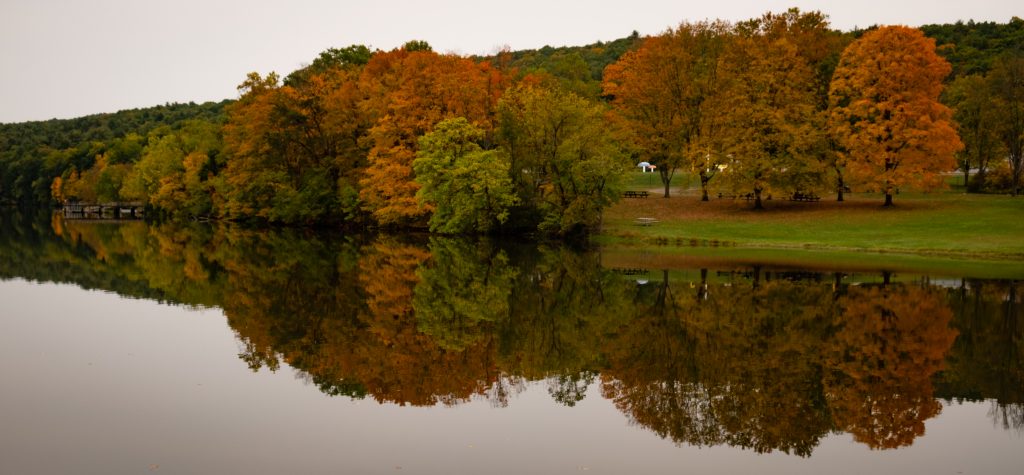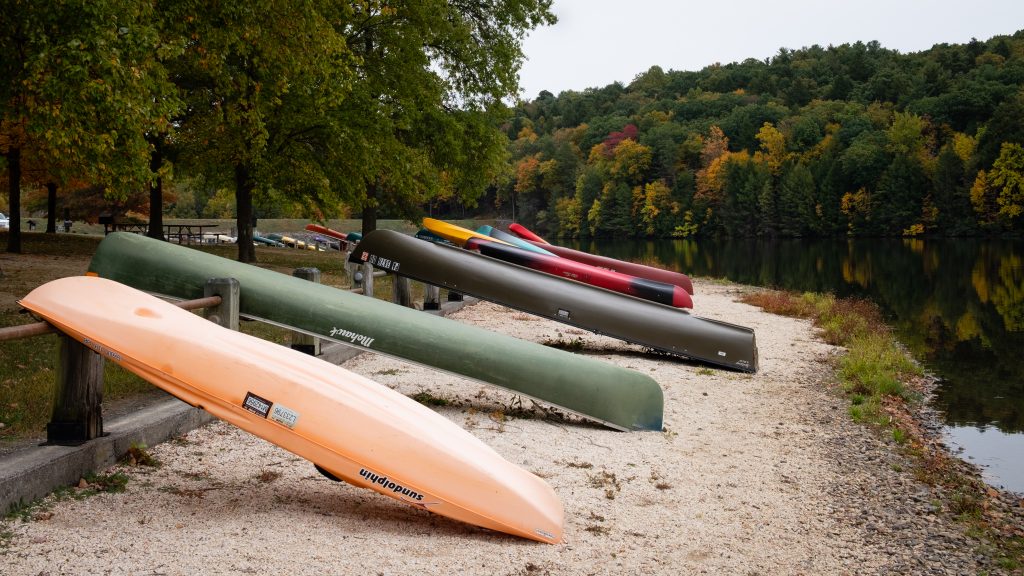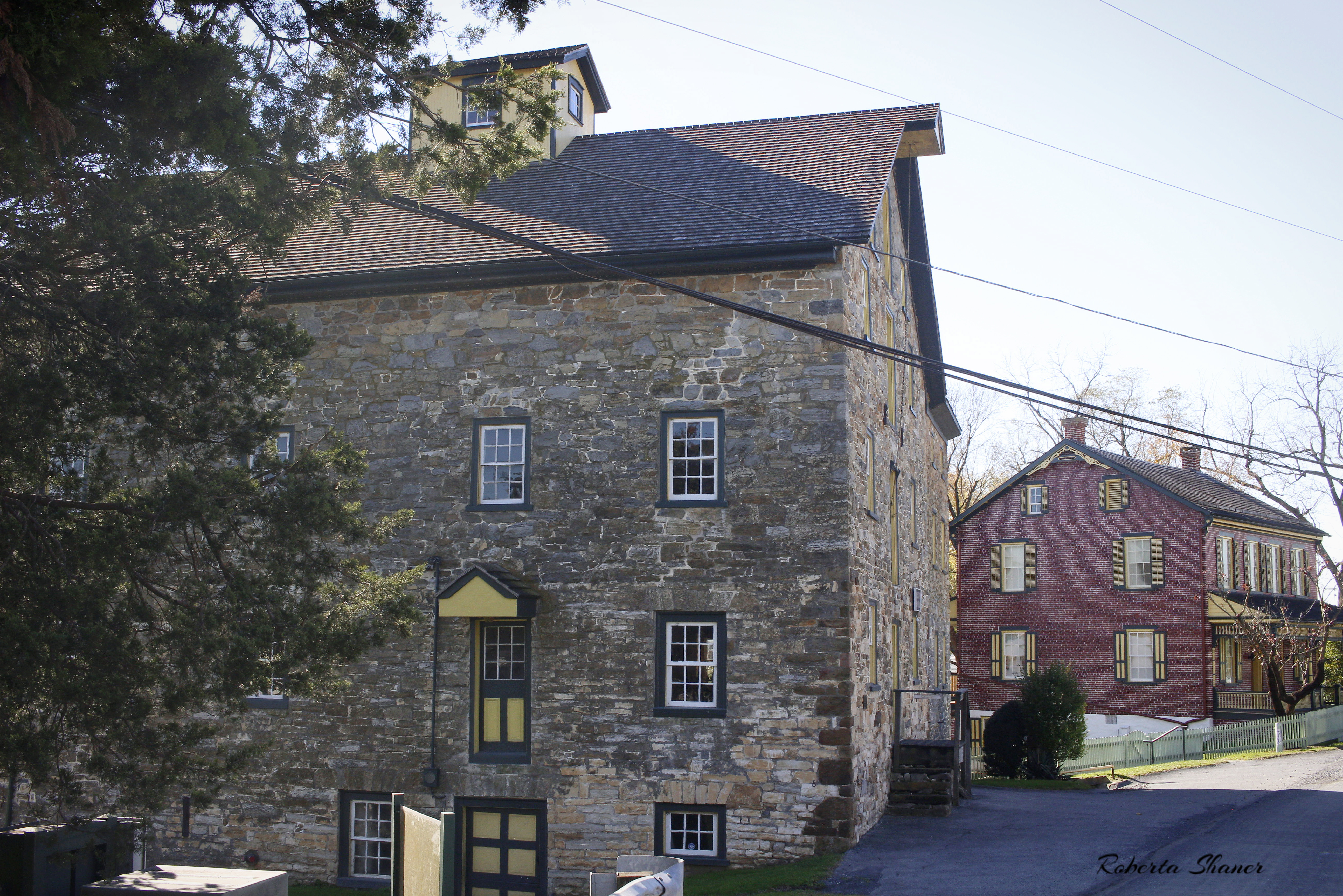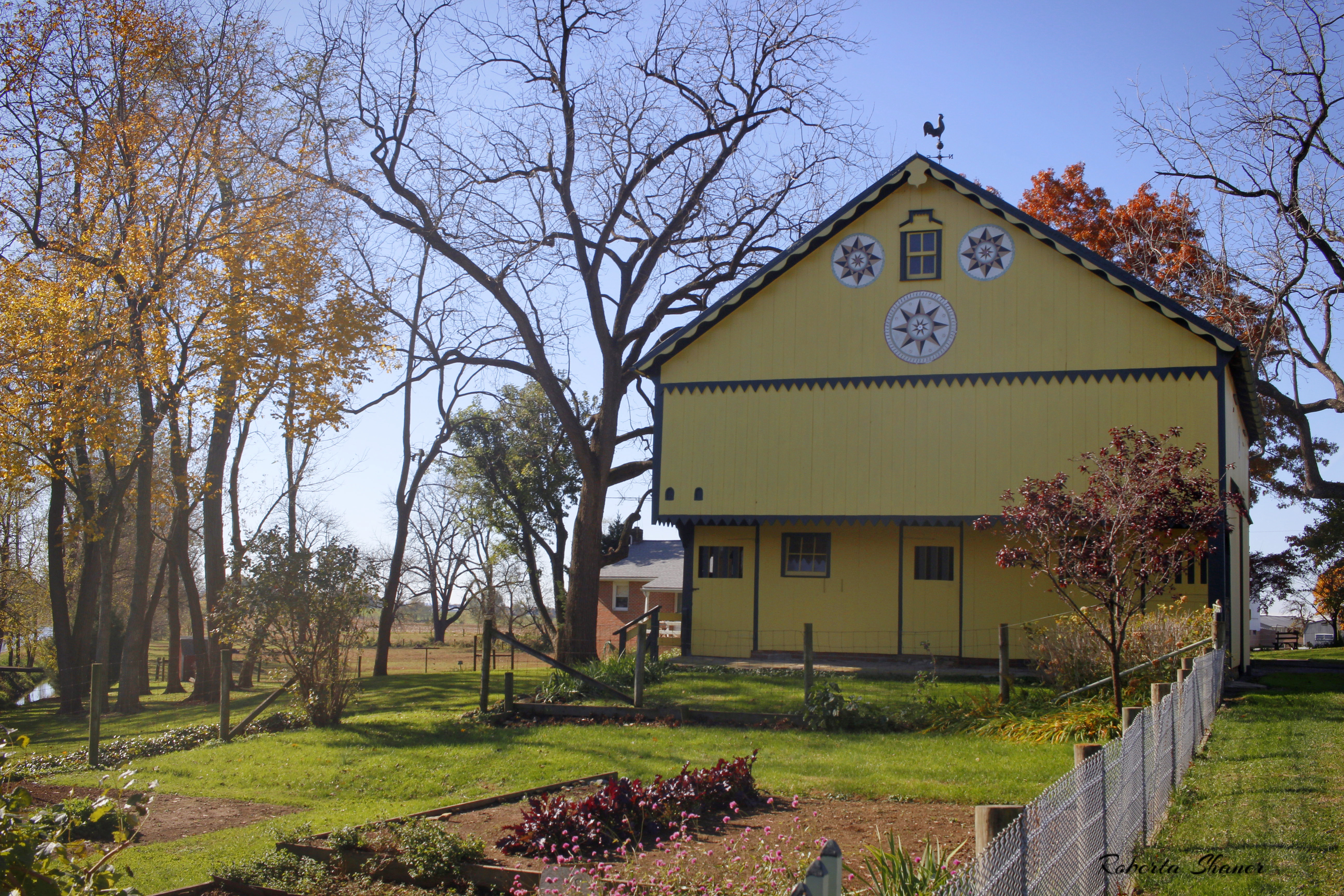Get ready – the upcoming posts contains a lot of covered bridges. We will also continue the two-per-week schedule of new posts.
I used the extended July Fourth holiday to take another trip to the Laurel Highlands. The trip started with an exit of the Pennsylvania Turnpike at Breezewood to see some covered bridges. The first stop of the trip was Jacksons Mill Covered Bridge, a wooden covered bridge located in Bedford County. It crosses Brush Creek and is a 91-foot-long (28 m), Burr Truss bridge, constructed in 1889. It is one of 15 historic covered bridges in Bedford County. The bridge was listed on the National Register of Historic Places in 1980.




Nearby is Feltons Mill Covered Bridge, which is another wooden covered bridge located in Bedford County. It is a 105-foot-long (32 m), Burr Truss bridge with a medium pitched gable roof, constructed in 1892. It also crosses Brush Creek. It was listed on the National Register of Historic Places in 1980.
I was not able to get a good photo of this bridge, as the entrance appears to be on private property. The access road had a rope across it and appears to terminate a short distance from the main road. The bridge might be viewable from the nearby main road bridge when the trees are not leafed out, However, this random haybale was sitting nearby, and you know I can’t resist a good haybale.

My drive around the Breezewood area also produced some other interesting sights, such as this interesting looking Church, with a very minimalist style.














